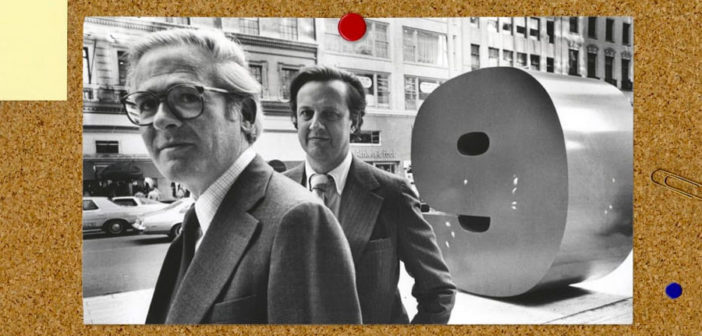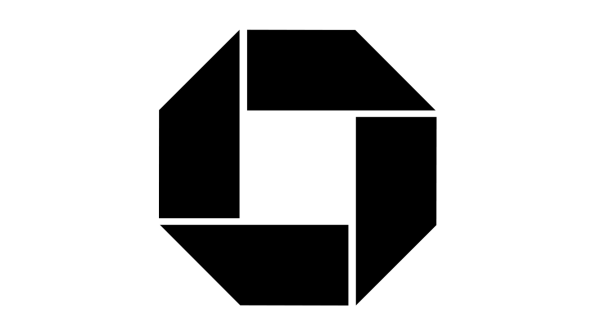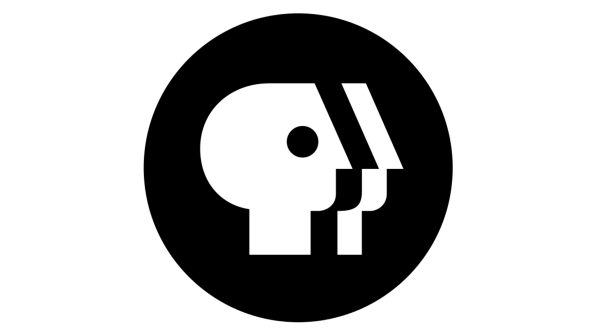“Symbols don’t make clear what you do; it makes it clear who you are.”
This year the inimitable branding firm Chermayeff Geismar & Haviv celebrates its 60th anniversary. Over the past six decades, these godfathers of corporate graphic design created logos for PBS, MoMA, PanAm, NBC, Chase, and more. And in a new video produced by Dress Code for the AIGA, the late Ivan Chermayeff (1932–2017) and Tom Geismar reflect on their past and augur the future of design, including timeless wisdom about what makes a good logo. Three nuggets of wisdom are below.
A GOOD LOGO IS NOTHING WITHOUT A GOOD REPUTATION
Bad businesses often have good design, and the reputation of a company at a particular moment can eclipse even the strongest of graphic concepts.
“If you ask someone, what’s a really good logo, they’re going to say Apple and Nike,” Geismar says in the video. “They admire the company. They’re never going to say Enron because you can’t disassociate Paul Rand’s logofrom who they were.”
ABSTRACTION IS ESSENTIAL
Chermayeff and Geismar’s big break was designing Chase bank’s octagon in the late 1950s, a symbol the bank officially adopted in 1960 and still uses today. Since there was no universal symbol that represents the banking industry, the designers saw an opportunity to do something distinct. And knowing the bank had a big advertising budget, they knew the symbol would take off.
“Historically you’d show your factory or a chair if you made chairs–that’s what logos were,” Geismar says in the video. “But Chase was then the second biggest bank in the country so you could establish something that was basically arbitrary. The job of a logo is to make you identify.”
“Symbols don’t make clear what you do; it makes it clear who you are,” Chermayeff chimes in. “The less they say, the better. Over time it’s going to take on the characteristics [of the company], for good or for bad.”
LASTING LOGOS ARE BORN FROM RESEARCH
CGH’s logos and trademarks all come from an intensive research process that gets to the heart of the communication challenge a client has. This involves actually defining the client’s real problem–which isn’t necessarily obvious–and developing a solution. “We have to understand what our clients are, which isn’t always what they tell us,” Chermayeff says. The duo describes conducting interviews not about design, but about the work they do, to truly understand the culture of a company.
“We’re talking about what they do, who they are, how might they best be portrayed,” Geismar says. “It’s a process of investigation, creativity, and politics.” View the entire video here.
–
This article first appeared in www.fastcodesign.com
Seeking to build and grow your brand using the force of consumer insight, strategic foresight, creative disruption and technology prowess? Talk to us at +9714 3867728 or mail: info@groupisd.com or visit www.groupisd.com




